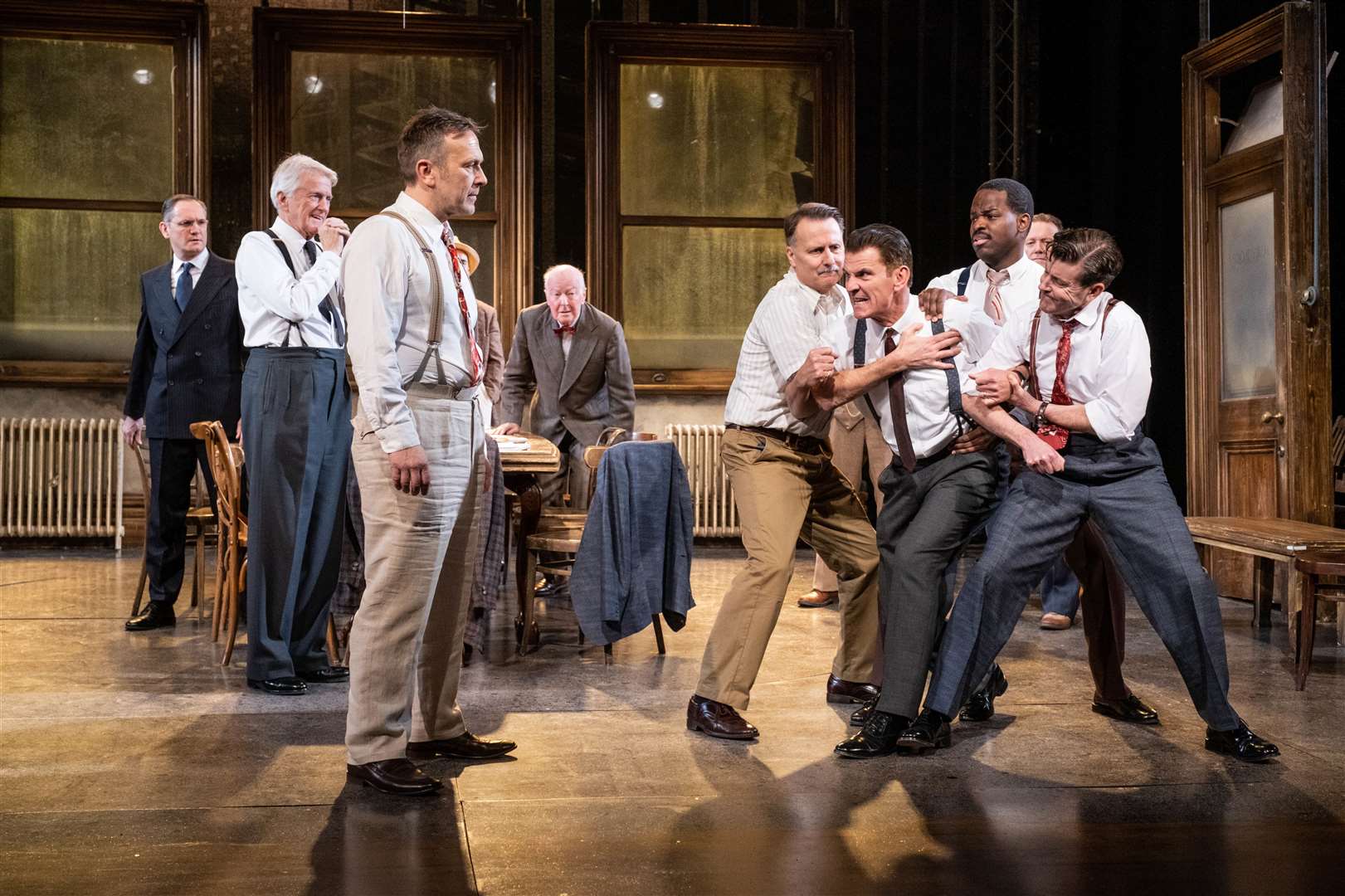‘Cinema Paradiso,’ helmed by Giuseppe Tornatore, remains a timeless tribute to the enchanting impact of film. Released in 1988, this Italian classic has left a lasting mark on viewers worldwide, echoing well past its initial era and location. Fundamentally, ‘Cinema Paradiso’ offers much more than a wistful tale of growing up; it serves as a meaningful tribute to the craft of making films, highlighting cinema’s ability to transform lives, stir feelings, and preserve memories.
The Metafilmic Structure: Cinema as Character and Catalyst
At the core of ‘Cinema Paradiso’ lies the renowned projectionist, Alfredo, along with his student, Salvatore, who is also referred to as Toto. The story spans multiple decades, with the Cinema Paradiso theater functioning as both a physical and symbolic center of the town. Instead of just being a simple setting, the cinema itself becomes a character, crucial to the community and the main character’s sense of self.
The theater becomes a place of gathering where societal boundaries dissolve. In scenes both raucous and intimate, villagers from disparate backgrounds congregate, united in laughter, tears, and collective awe before the flickering silver screen. Through this, Tornatore underscores the communal, unifying prowess of film, transforming viewing into a ritual that transcends generational and social divides.
Film as Memory: The Emotional Core of Nostalgia
Cinema Paradiso intricately intertwines recollection and yearning, using the methods of filmmaking to summon a sense of nostalgia for both Toto and the viewers. From the opening scenes that show Salvatore as a successful director troubled by his past, to the repeated theme of vintage film reels and celluloid, the process of recalling is equated with the experience of watching movies. The movie’s shifts in time—between Toto’s younger years, teenage days, and adult life—resemble how cinema frequently revisits and recontextualizes events, safeguarding them from the decay of time.
An important instance is the concluding montage of the movie, a series of romantic scenes that were censored but saved by Alfredo for Toto. This montage acts as an artistic expression; it serves as both a present and an act of recovery, bringing forgotten kisses and affection back to public consciousness. These scenes emphasize film as a medium for emotion that persists even when physical locations such as the cinema disappear or are demolished.
Tribute to Technology: Developing an Expressive Filmic Dialect
Technically, ‘Cinema Paradiso’ draws inspiration from and pays homage to traditional film styles. Tornatore incorporates visual storytelling with features reminiscent of Italian neorealism, using realistic performances and genuine locations. The technical artistry—from Ennio Morricone’s rich, emotive composition to the cozy, sepia-tinted cinematography—acts as a tribute to cinema’s legacy and its deep emotional influence.
Furthermore, the narrative is embedded with a theme of a film inside a film, nodding to masterpieces by filmmakers such as Visconti and Chaplin. Scenes from these movies are displayed on the Paradiso’s screen, providing both a visual lesson and a heartfelt nod to the extensive film tradition. This use of intertextuality anchors the tale in the collective legacy of cinema, honoring the craft of filmmaking and encouraging audiences to engage in a common cultural reminiscence.
Guidance and Sharing: The Duties of a Projectionist
One of the movie’s most profound aspects is its reflection on guidance and the conveyance of affection for cinema. The bond between Alfredo and Toto illustrates the sharing of expertise, enthusiasm, and admiration for movies. By instructing Toto on the complexities of projection—and implicitly, the art of storytelling—Alfredo serves both as an artisan and a thinker. He shares insights that go beyond the technical, promoting exploration, bravery, and self-development.
This dynamic mirrors the way film history itself is preserved and passed to new generations. Just as Toto inherits Alfredo’s passion and ultimately surpasses him, so too does cinematic tradition constantly renew itself through fresh eyes and evolving technologies.
Socio-Political Undercurrents: Censorship and Liberation
The film also intricately explores themes of censorship. Alfredo is instructed by the town priest to delete scenes deemed improper, especially any depicting romance or sensuality. This recurring act of excision offers commentary on the ways institutions seek to control narrative and emotion, yet passion finds a way to reassert itself. The return of the excised scenes in the finale reveals cinema’s radical potential to preserve truth, feeling, and rebellious joy.
By emphasizing these limitations—along with the freeing communal experience of attending movies—’Cinema Paradiso’ remarks on film as both a mirror of society and a gentle driver of cultural change. The process of viewing, it implies, can be transformative, providing views of different realms and emotional insights that might otherwise be out of reach.
Global Resonance and Legacy
The international reception of ‘Cinema Paradiso’ underscores its universal message. The film achieved critical acclaim, winning the Academy Award for Best Foreign Language Film in 1990 as well as the Grand Prix at the Cannes Film Festival. Its impact is evident in later works; directors such as Alfonso Cuarón cite it as an influence, and its structure is echoed in films exploring memory, nostalgia, and the formative power of art.
Through weaving personal tales with a broader story about the power of cinema to unite and heal, ‘Cinema Paradiso’ charms audiences from various cultures and ages. Its deep appreciation for films is more than just a theme; it is integral to its essence and composition, encouraging spectators worldwide to experience anew the charm of the cinema—the joy, the sorrow, and the brief moments of transcendence experienced together in the dark before the play of light and shadow.
The movie consequently stands as a rich homage, not only to films as a form of art but also to films as shared experiences, places of education, and reflections of human yearning. With this endearing and intricate perspective, ‘Cinema Paradiso’ transforms into the narrative of cinema: a vibrant collection of dreams, ambitions, and the strength of visual narration itself.



:max_bytes(150000):strip_icc():focal(739x450:741x452)/Jane-Fonda-Aging-021925-tout-f137f9574daa4038ad78a8269bfdcf9a.jpg)